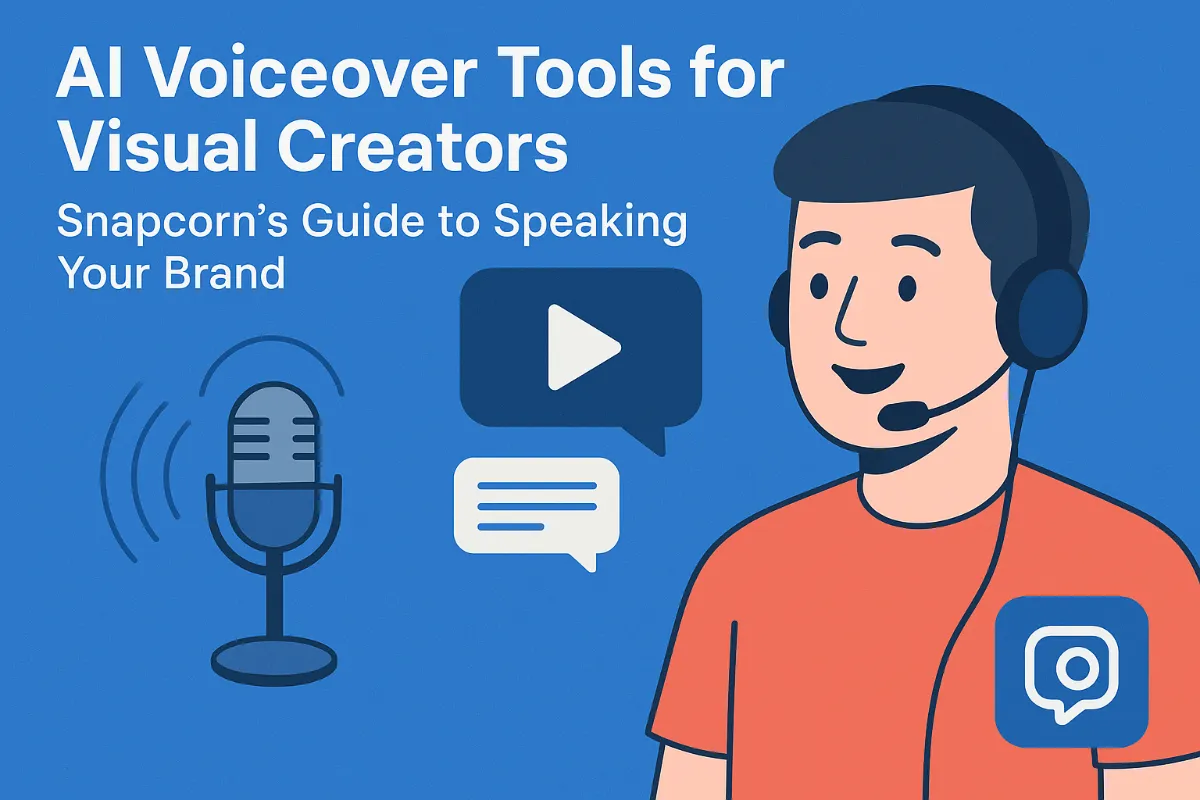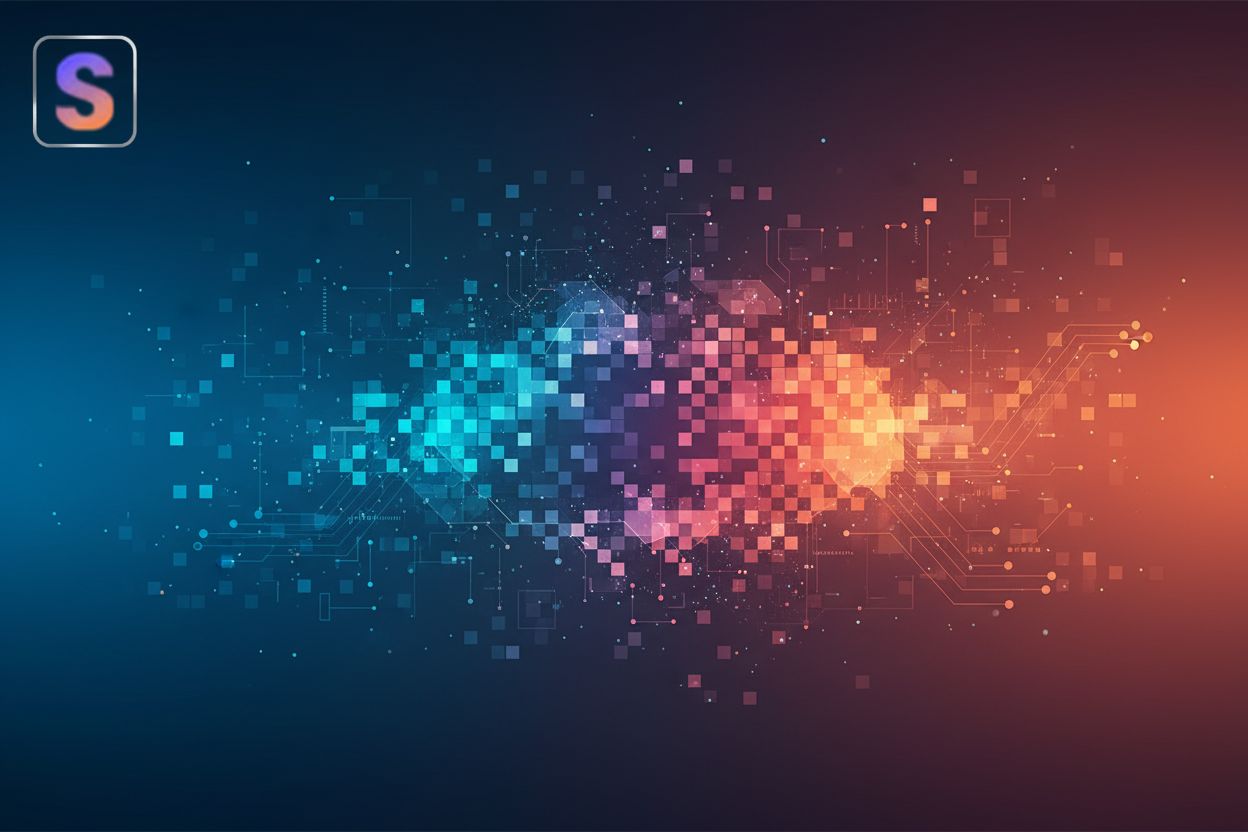Generative Adversarial Networks (GANs) for Super-Resolution
TL;DR
Understanding Super-Resolution and Its Challenges
Alright, let's dive into super-resolution - ever zoomed way in on a photo only to see a blurry mess? That's where super-resolution comes in, trying to fix that. It's like magic, but with math!
Basically, super-resolution is a way of making low-resolution images look like they're high-resolution. It's image processing that aims to create a high-resolution image from one or more low-resolution images. (Image Super Resolution: A Comparison between ...)
- For photographers, it's a lifesaver. Imagine you need to crop a photo significantly or want to print it poster-sized. Super-resolution helps keep things sharp and detailed.
- There's traditional methods, like interpolation, which are fast but often lead to blurring. (What is Frame Interpolation? A Beginner's Guide) then there's ai-based techniques, which are more complex but can recover details more intelligently.
It ain't all smooth sailing, though. Getting a truly high-quality upscale is tough because:
- Downsampling images to make them low-res throws away info. Trying to get that info back is tricky.
- Traditional upscaling often brings artifacts – like blurring or pixelation. Nobody wants that.
- What we really needs is ai that can cleverly recover details lost in the process.
Super-resolution is important for photographers, especially when they want to crop or print images at larger sizes. The survey Generative Adversarial Networks for Image Super-Resolution: A Survey notes that single image super-resolution (sisr) plays a important role in image processing. These challenges highlight the need for more advanced techniques, and that's where Generative Adversarial Networks (GANs) come into play as a powerful solution.
Generative Adversarial Networks (GANs): A Deep Dive
Generative adversarial networks, or gans, function as a system where two AI models, a generator and a discriminator, compete against each other to create the best upscaled images. Think of it as a creative duel!
- The generator is like the artist, trying to create an upscaled image that's so good, it's practically indistinguishable from a real high-resolution photo. it's constantly learning to add details and sharpen edges.
- Then there's the discriminator, which acts as the art critic. Its job is to tell the difference between the generator's fake image and a real, high-resolution image. if the discriminator can spot a fake- the generator needs to try harder.
- It is this relationship between the generator and discriminator is what makes gans so powerful. The generator tries to fool the discriminator, and the discriminator gets better at spotting fakes, pushing the generator to create even more realistic images.
Think of it like this, the generator is trying to create a fake Mona Lisa that would fool even the experts and the discriminator is the expert trying to spot the forgery.
This back-and-forth continues until the generator is producing images that are super convincing. GANs are known for their ability to generate diverse and realistic outputs, even when trained on limited datasets, which can be advantageous in super-resolution tasks.
Now, let's delve into the core mechanisms that enable these GANs to learn their magic: loss functions and training strategies.
GAN Architectures for Super-Resolution: A Comparative Look
Alright, so you're probably wondering how these GANs actually look under the hood, right? Well, buckle up, cause we're about to dive in.
SRGAN (Super-Resolution GAN): This is basically the OG, the granddaddy of super-resolution GANs. It showed how to use adversarial training to generate images with realistic textures. The key idea? Use something called "perceptual loss". It helps the generator create images that look good to the human eye, even if they aren't pixel-perfect. Perceptual loss typically uses pre-trained deep convolutional neural networks, like VGG, to extract feature representations from both the generated and ground truth images. By comparing these feature maps, it encourages the generated image to have similar high-level semantic content as the original, leading to more visually pleasing results. But, like any first attempt, it wasn't perfect - it sometimes produced weird artifacts or inconsistencies.
esrgan (Enhanced SRGAN): Think of this as SRGAN 2.0. It takes the original concept and cranks it up a notch! esrgan uses something called "rrdb blocks" (Residual-in-Residual Dense Blocks) and a "relativistic discriminator." RRDB blocks are a more advanced network structure that allows for deeper feature extraction and better information flow, leading to improved detail reconstruction. The relativistic discriminator, on the other hand, predicts the probability that a real image is more realistic than a fake one, rather than just classifying it as real or fake, which can lead to more stable training and sharper results. These fancy terms basically mean it's better at producing visually appealing images with more natural textures. It also does a better job at avoiding those pesky artifacts and brightness issues that plagued SRGAN. According to the paper ESRGAN: Enhanced Super-Resolution Generative Adversarial Networks, this model won first place in the pirm2018-sr challenge.
Other Notable GAN Architectures: there's a whole zoo of other GANs out there designed for super-resolution. You might hear about srgann or d-dbpn. SRGANn (Super-Resolution GAN with Attention) incorporates attention mechanisms to focus on important image regions, while D-DBPN (Deeply-Dilated Bidirectional Pyramid Network) uses a multi-scale approach with dilated convolutions for capturing finer details. Each one has its own trade-offs. Some are more complex, some perform better, and some are cheaper to run. A survey of GANs in SISR, such as Generative Adversarial Networks for Image Super-Resolution: A Survey, offers a comparative study of different architectures.
So, what does this mean in practice? Imagine you're a photographer trying to upscale an old photo for a client. esrgan might give you a more visually pleasing result than srgan, but it might also take longer to process. It's all about finding the right tool for the job.
Now, let's delve into the core mechanisms that enable these GANs to learn their magic: loss functions and training strategies.
Key Components: Loss Functions and Training Strategies
Alright, so how these GANs actually learn to make low-res images high-res? It's all about loss functions and training strategies – think of it as the GAN's curriculum.
Loss functions? Basically, it's how the ai figures out if it's doing a good job. There's a few key ones:
Adversarial Loss: This loss encourages the generator to create images that can fool the discriminator. It's like, "Hey generator, make it real enough!" Different types exist, like standard GAN loss, which uses a binary cross-entropy to penalize the generator for producing images the discriminator classifies as fake, or least squares GAN loss, which uses a mean squared error to penalize the generator for producing images that are far from the decision boundary, leading to more stable training. The discriminator is the key here, it's feedback that guides the learning.
Perceptual Loss: Instead of just looking at pixels, perceptual loss uses pre-trained networks (like VGG) to check image quality. They focus on high-level features, so the upscaled image feels right to a human. This really helps with texture and detail recovery. VGG is a deep convolutional neural network architecture known for its ability to extract rich feature representations from images.
Content Loss: This loss makes sure the upscaled image actually looks like the original. Common ones include L1 loss (Mean Absolute Error), which penalizes the absolute difference between pixels, and L2 loss (Mean Squared Error), which penalizes the squared difference between pixels. L1 loss tends to produce sharper results, while L2 loss can lead to smoother images. It's a balancing act, though, gotta keep the content without sacrificing realism.
Training these gans ain't easy, it's like herding cats! Here's the gist:
Data is King: Good data preprocessing and augmentation is key. Gotta give the ai good material to learn from.
Balancing Act: You gotta balance training the generator and discriminator. If one gets too good, the other can't keep up.
Stabilization: Techniques like batch normalization and spectral normalization helps keep training stable. Nobody wants a wobbly ai.
So, that's how these GANs learn. There's more to it, but those are the basics!
Now, let's talk about the hurdles we face when trying to get high-quality upscaling.
Overcoming Common Challenges in GAN-Based Super-Resolution
Ever notice how sometimes those ai upscaled images look, well, off? Yeah, GANs got some quirks, but it isn't all bad news!
Artifacts and Noise: GANs can introduce weird artifacts or amplify noise. These come from the generator trying too hard to create details that weren't there in the first place. Techniques like better network architectures and loss functions, plus post-processing methods can help dial them back.
Texture Hallucination vs. Detail Recovery: It's a balancing act, right? Getting realistic textures without making the image look like a blurry mess. Perceptual loss and content loss are important, but you gotta be careful not to over-smooth things.
Computational Requirements: Training these gans? It's expensive. Smaller models can help, as can distributed training. But you're gonna need some hefty gpus or tpus.
A study by Enhanced Pathology Image Quality with Restore–Generative Adversarial Network showcase how Restore-GAN, a deep learning model, was developed to improve the imaging qualities by restoring blurred regions, enhancing low resolution, and normalizing staining colors. While this specific application is in pathology, the underlying principles of restoring degraded image quality and enhancing details are broadly applicable to general super-resolution tasks, including those relevant for photographers.
It's a lot, but getting those GANs dialed in is key for getting truly awesome super-resolution results. Next up, let's see how we actually measure if these techniques are any good.
Real-World Applications and Case Studies for Photographers
Okay, so you're probably wondering how all this ai super-resolution stuff actually plays out in the real world for photographers, right? It's not just theory, it's got some pretty neat applications.
Improving Low-Resolution Images for Printing: Ever tried blowing up a lo-res photo for a print? Yeah, it's usually a disaster, but gans can help! They can add detail that wasn't there before, making prints look way better, but it's ain't perfect though, it can adds artifacts.
Enhancing Cropped Images for Detail: Cropping is a photographers best friend, but it can also make things blurry. Gans can help you maintain sharpness and clarity and enhance details in cropped images, making your wildlife photos pop. it's a balancing act making sure it looks natural.
Rescuing Out-of-Focus Shots: We all been there, slightly out-of-focus shot, Gans can sometimes pull it back from the brink, partially correcting blur.
Imagine you're doing e-commerce product photography, getting a low-resolution image from a client? ai super-resolution can make it shine.
So, gans are a powerful tool for photographers, they ain't a magic bullet. Next, let's wrap things up and look at where this tech is headed.







